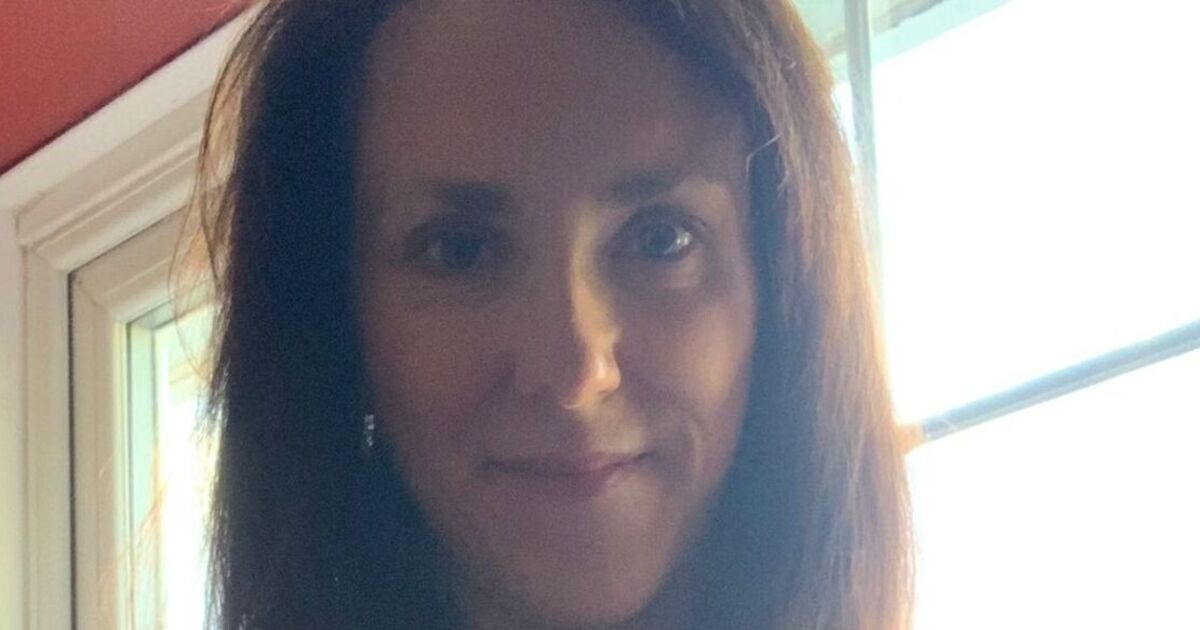Halloween Horror: Rachel Burge on how to write a best-selling spooky s | Express Comment | Comment
“A good scary book thrills in a way no other genre can quite match, it simply demands to be read,” says children’s horror author Rachel Burge as I interview her, appropriately enough, on Halloween.
Burge has just published her fourth book Whispering Hollow, a spook-fest which melds contemporary teenage life with painstakingly researched English faerie folklore (hard to know which is the scarier, I know…) in a gripping, darting, twisting page-turner of a novel.
But be warned, these are not Tinkerbell-esque Tooth Fairies she is writing about. Burge’s Faeries are nasty murderous killers just as – pre-Disney – most Faeries actually were.
“As I looked into British folklore about faeries,” says the best-selling writer, “I was surprised to discover just how cruel they could be to humans. In Cornwall, they have something called spriggan tree-like beings who act as faerie bodyguards, protecting their treasure and punishing humans who trespass on their land. It’s often spriggan who kidnap human children and replace them with a faerie changeling.”
And indeed, in a Britain where schools are cancelling Halloween because it might be all just a bit too scary for our little dears Burge’s books pull no punches, nor does she apologise for their nerve-jangling spookiness.
She says: “Some parents choose not to give their children scary stories to read, believing they have enough anxieties to deal with already and bad things happening in the world, but there’s an argument that reading frightening stories helps children develop emotional resilience.
“When reading a scary book, young people are aware that it’s not real, but at the same time, it allows them to emotionally rehearse how they might react in a similar situation. According to Marshall Duke, Professor of Psychology at Emory University, reading stories where characters ‘overcome the monster’ helps children to realise that when they come upon their own ‘monsters’ they will be able to overcome them too. I like that.”
Like all the best horror, in both books and films, the tension in Whispering Hollow is built largely by suggestion and anticipation rather than naked graphic exposition the repeated imploring of “don’t go into the woods…” the sounds of scratching getting nearer in the darkness, or the or the noting that malevolent unseen forces at hand “won’t take kindly to that at all….” All devices build a mouth-watering sense of impending horror. But neither does the exposition disappoint, the staccato words and clipped sentences seeming to dart about the page adding real urgency as the dark forces move into attack.
There’s a running theme in Burge’s work too of a conflict between the fleeting, Nintendo-ised modern world which her protagonists inhabit and the land eternal a land and a lore “drenched in dark magic” which was here long before man and woman came along and which will be there long after they have departed.
She says: “I’ve always been drawn to folk horror, particularly the idea that the land itself has power and can hold secrets and trauma from previous generations. I wanted to write a children’s story that celebrates the beauty and wonder of nature, yet has a dark and scary undertone too, in the same vein as traditional Grimm fairytales.”
Typical of Burge’s novels Whispering Hollow features a young, smart and unerringly brave schoolgirl lead character. And the story is told largely from her perspective, but it is interspersed with chapters related from the point of view of a spriggan (a sort of ramshackle collection of forest detritus in vaguely human, and thus unnervingly scary, form). The spriggan is called Old Mamm and she is forced to do the dark and sinister work of the “Hidden Folk”, the evil faeries who are no friends to mankind.
And, especially, no friends with children.
Which is handy as Burge specialises in children’s horror. And while she personally loves scary stories for their own sake, she also adds layers to her work, often combining folk horror with a classic coming-of-age twist.
“Reluctant young readers may find a scary book holds their attention in the way other stories don’t. It was certainly that way for me. As a teenager, I remember going straight from children’s classics to devouring Stephen King. As soon as I discovered horror, reading gripped me in a whole new way.
“Of course, there are key differences between writing horror for adults and writing scary stories for children. The type and level of threat need to be age-appropriate.
“Crucially, the characters in a children’s story are safe by the end, and the monster vanquished. In adult books, there’s often a sense of bleakness, but in children’s fiction, there’s nearly always a renewed sense of hope, a feeling that the world has been left a better place.
“When writing scary stories for young people, I always ask myself how my characters’ lives will have improved by the end. If I’m going to put my protagonists through a terrible ordeal, it’s important to me that they should have a stronger sense of self-worth and have grown from the experience.”
Whispering Hollow by Rachel Burge is available from Amazon Books.

